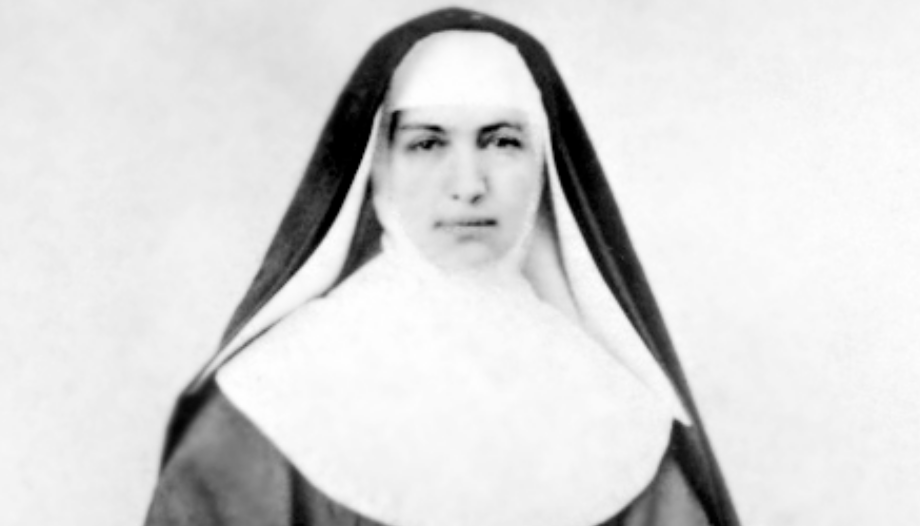On January 23, 1838, St. Mariana Cope was born in the Grand Duchy of Hesse (now Germany). Her birth name was Barbara, like her mother. When she was only one year old, her family moved to the United States, to the state of New York. In order to integrate better, they changed their original surname "Kobb" to "Cope". In addition, the father of the family became a U.S. citizen, so the children also became naturalized citizens.
In New York, Mariana received a Catholic education in a parochial school. At the age of ten she made her first Holy Communion and, a few years later, as a teenager, she went to work in a factory in order to help her parents financially.
From Barbara to Mariana Cope
From a young age the future saint expressed her desire to enter the convent, but the delicate situation of her family forced her to delay her entry into religious life.
She waited patiently for some time until, at the age of 24, Cope decided to leave everything. In 1860, she was professed as a sister of the Franciscan Third Order and changed her name from Barbara to Mariana.
The religious community she joined opened hospitals in New York. There, the saint made sure that she cared for all those in need. Her determined character enabled her to be elected provincial in 1877 and 1881. But she soon left this position when she received a different call.
Transfer to Hawaii
The king of Hawaii asked for help in caring for the lepers of the islands. Mariana left New York State and moved to Molokai. There she worked as a nurse in an asylum. Her dedication was such that she lived in isolation with the patients on the island of Kalaupapa when a leper colony was established there.
In addition to caring for the health of the sick, St. Mariana Cope promoted the construction of a church and a school for the children of the area. She also organized a laundry to help women and a choir, so that people could occupy their time with useful activities.
Although they claimed Mariana's presence in the United States in 1889, she decided to stay in Hawaii to care for the residents at the asylum. She stood firm in her decision and passed away on August 9, 1918, at the age of 80, in Kalaupapa.








